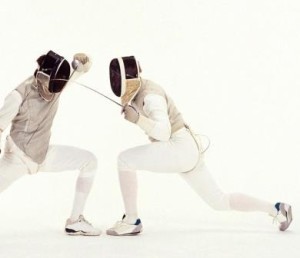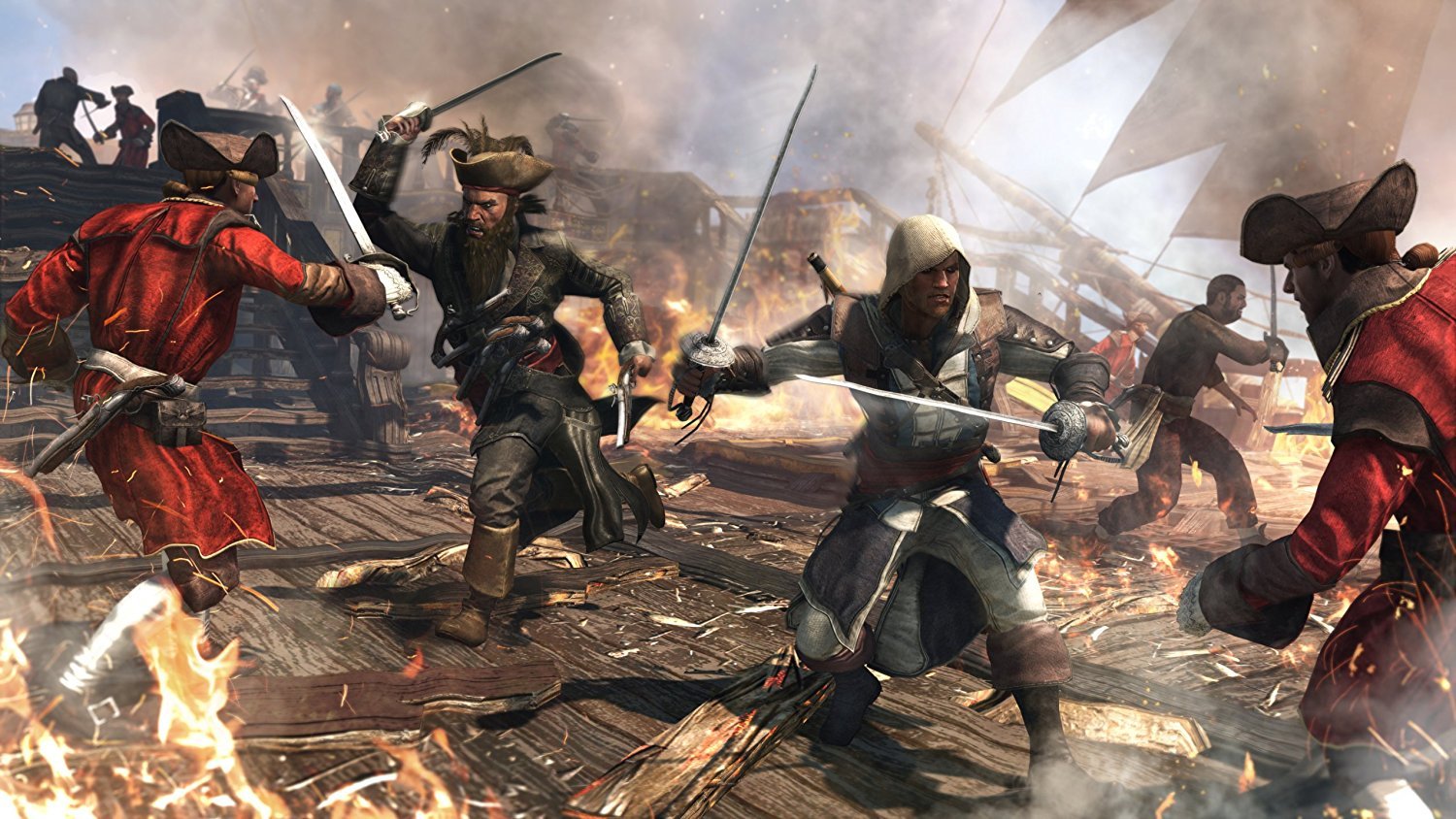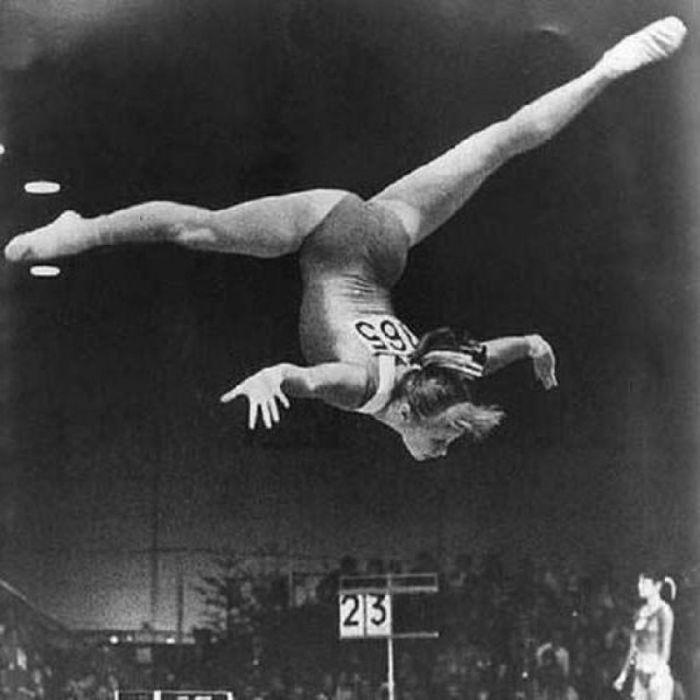Fencing: One vs. Several
 Everyone knows the proverb “one in the field is not a warrior.” However, all the same, in adventure books and films, the protagonist periodically has to accept a battle against several opponents and, as a rule, win a victory. Is this real? What is required for this? How exactly should one act in such a situation? Below I will try to answer these questions.
Everyone knows the proverb “one in the field is not a warrior.” However, all the same, in adventure books and films, the protagonist periodically has to accept a battle against several opponents and, as a rule, win a victory. Is this real? What is required for this? How exactly should one act in such a situation? Below I will try to answer these questions.
Fencing: One vs. Multiple Fencing, Theory, Fencing in Literature, Text, Long Post
To begin with, what exactly is the battle against several opponents dangerous? First of all, the fact that at the same time you can defend yourself against one, maximum two blows (if there are two weapons). Forget about the occasionally occurring trick, when two are blocked with one blade at once – it’s just a flashy trick. Thus, if opponents attack all at once, it will be impossible to defend oneself purely physically. And, as I wrote earlier, if there is no armor for a hero, to lose a fight he just needs to miss just one hit.
In addition, several attackers can simply surround the hero. It is much more difficult to defend against an attack from the side, and even behind it is almost impossible.
Fencing: One vs. Multiple Fencing, Theory, Fencing in Literature, Text, Long Post
In reality, Darth Maul would be dead in a split second. Obi only needs to hold the connection with his blade to prevent the Sith from blocking the teacher’s blow.
Thus, in order to win, the hero must at all costs prevent the situation when two, and even more so many opponents can attack him at the same time. How to do it? There are several aspects.
1) Psychology.
Suppose that the attackers are a local gang of small robbers, accustomed to taking fright and not having been in serious brawls. And the main character – on the contrary, a veteran who passed the war, who killed more than a dozen people. And the attackers know this. In this case, each of them understands that he will not last one on one for several seconds. Accordingly, everyone will strive to transfer the honorary right to attack the first comrade.
In this case, the main character’s task is to restrain the first attacking impulse when the attackers are warmed up and motivated. If you can make them stop – fine. If they start backing away – victory is in your pocket.
This will help, oddly enough, usually useless with a wave of arms, an aggressive look, creating a threat in relation to whoever nevertheless tried to launch an attack, as well as the corresponding verbal accompaniment. “Well, who is the first?” “Who is tired of living?” “Come on, come on, send the hell instantly,” etc.
2) The difference in weapons.
Perfectly complements the previous paragraph. Let the attackers have some cleaver and batons, and the hero has a good sword of the 16-17th century. Type such.
Fencing: One vs. Multiple Fencing, Theory, Fencing in Literature, Text, Long Post
Its length is more than a meter, the injection is lightning fast. And, what’s important, it’s absolutely unpredictable – a swarm injection is made directly from the rack, without any backswing. It turns out that the attacker can detect the blade in his throat before he can reach the hero with his weapon at all. Accordingly, a blade simply aimed at the enemy is enough to change his mind not only to attack, but even to come close.
Similarly, only the main character’s shield can work. Forwards know that a hero can block a shot with a shield and respond almost immediately. And they will have nothing to defend, since weapons after the attack will only return …
3) Movement.
Constantly moving, the main character can achieve the fact that at the same time he will be opposed by only one striker, and the rest only push and interfere with each other. As a result, the hero will be able to quickly incapacitate opponents one at a time. This works especially well if they are unsure of themselves or poorly “played.”
I tried to sketch out an example of such movements.
A similar principle is to find a place where opponents can attack only one at a time. In this case, using the superiority in the ability to fencing, it is quite possible to injure or kill two or three, the others will no longer desire. However, if initially the battle does not take place in such a place, you may have to quickly run into it – and this, you see, is not very heroic.
What else should the hero remember? First, you need to act quickly. Time works against him – the longer the battle goes, the more chances are that he will be surrounded or he will make a fatal mistake. Secondly, that it is necessary not to defend, but to incapacitate opponents as soon as possible. And finally, it’s better not to get into such situations.




